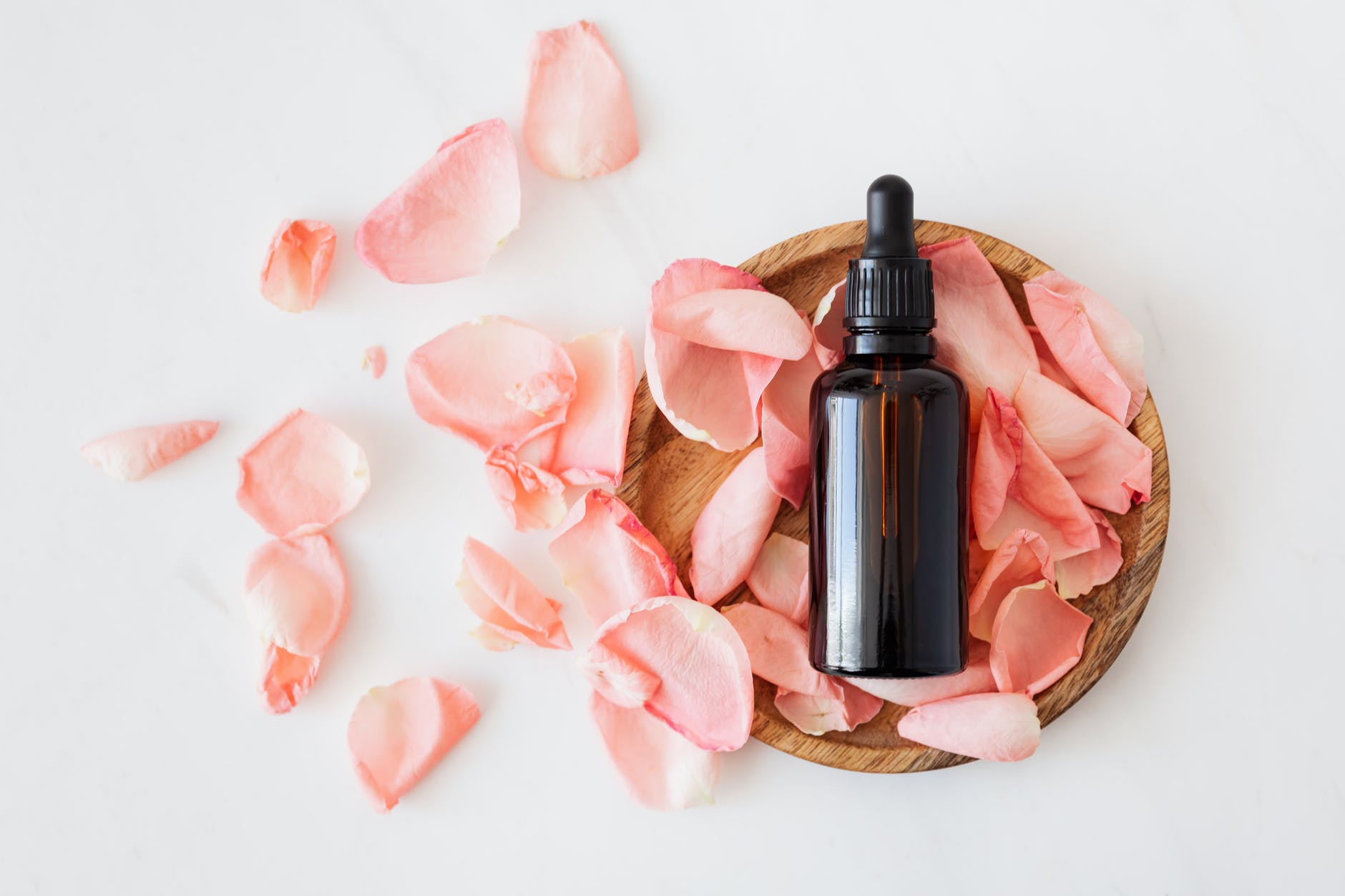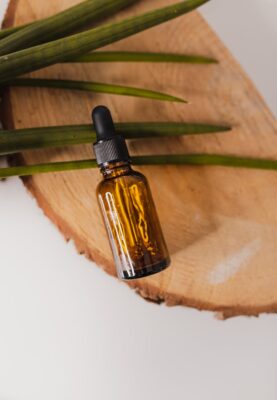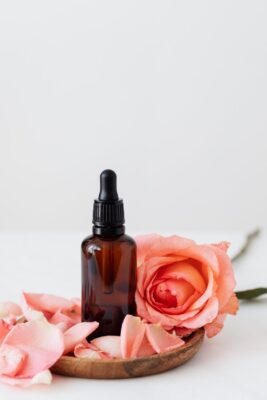Even before the dawn of modern civilization, essential oils have been derived and used to heal, relax, and restore people. History says that Egyptians first administered the use of these essential oils in their everyday lives. But, because of the emergence of modern healing, this practice of healing using scents slowly disappeared.
But now, the impact of using essential oils in healing has regained its rightful place. Blended with the term “aromatherapy,” essential oils now play an important role in ìholisticî therapyóhealing not only the body but the mind and emotions as well. Today, essential oils are believed to be present in almost all aromatic products like essential oils, absolutes, resinoids, and concretes.
One of the trends when it comes to healing is the emergence of aromatherapy or the use of selected fragrant substances called essential oils, lotions, and inhalants in an effort to affect mood and promote health.
Often administered through a massage, the use of aromatherapy essential oils has become quite popular because of their therapeutic properties that go directly into a person’s skin and the bloodstream. Aside from using it through a massage, aromatherapy essential oils are also used in the form of hot and cold compresses, in baths, or simply being inhaled.
The use of aromatherapy essential oils is also being adapted even by various hospitals because it is believed that these oils greatly help stress relief, depression, and even helps the patient to control or tolerate pain.
Aside from taking advantage of its soothing and therapeutic properties, aromatherapy essential oils are also being used to treat various skin problems while reducing the effects of the said disease. Aside from these, aromatherapy essential oils are also known to alleviate pain and relieve stress and depression.
THE ESSENCE OF AROMATHERAPY ESSENTIAL OILS
Aromatherapy basically involves the use of pure essential and absolute oils. Essential oilsówhich are derived from different plants gathered across the globeóare highly-fragrant, complex, and volatile substances that have varying degrees of fragrance, complexity, and volatility.
Known as the most potent and concentrated extracts of various parts of flowers, fruits, leaves, spices, roots, and woodsóeach type of essential oil is believed to emulsify and contain certain aromatic energy.
Compared to fatty or vegetable oils, essential oils are more volatile by nature. Experts say that the primary functional groups of the essential oils that are being used in aromatherapy today include Monoterpenes, Esters, Aldehydes, Ketones, Oxides, Alcohols, and Phenols.
Monoterpenes are those aromatherapy essential oils that contain bactericidal, anti-viral, and antiseptic properties that can cause skin irritation when not used properly. Examples of such include lemons, pines, and frankincense. Esters, on the other hand, are those that are fungicidal, sedating, and quite aromatically pleasing like bergamot, Clary sage, and lavender.
While Aldehydes are known to contain sedating and antiseptic properties like melissa, lemongrass, and citronella, Ketones are those that help ease congestion, aid in the flow of mucus but can be very toxic with excessive use.
Examples of such are fennel, hyssop, and sage. Oxides are those that have expectorant and bactericidal qualities like rosemary and tea tree.
While Alcohols are known to contain antiseptic, anti-viral, and uplifting qualities present in plants like rosewood, geranium, and rose, Phenols are said to have bactericidal and strong stimulating properties that can be quite to the skin like clove, thyme, oregano.




